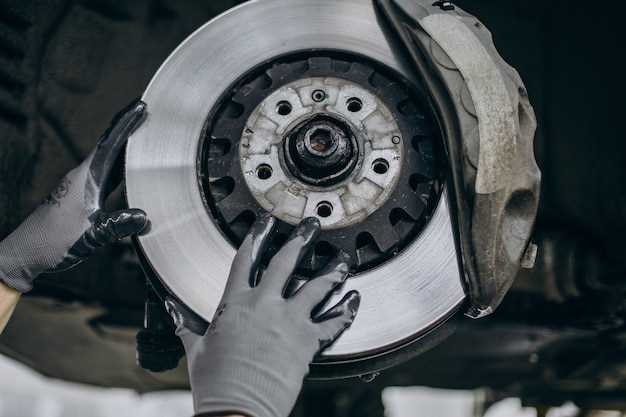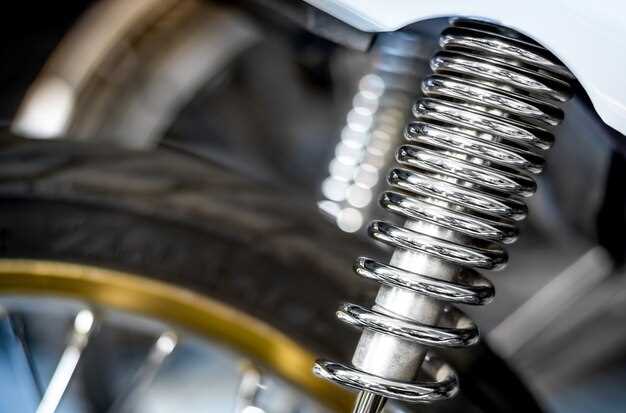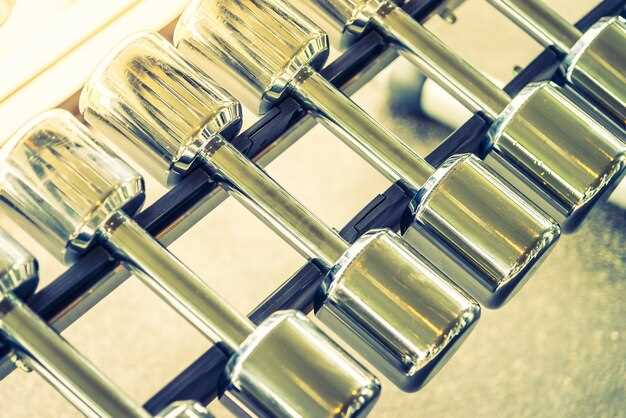
Restoring classic suspension systems is a crucial aspect of maintaining the authenticity and performance of vintage automobiles. As time passes, the suspension components of classic cars often deteriorate due to wear and exposure to various elements. This degradation can lead to compromised handling, safety issues, and a less enjoyable driving experience. Therefore, understanding the intricacies of suspension restoration is essential for any classic car enthusiast.
The suspension system not only influences the ride quality and comfort but also plays a significant role in a vehicle’s overall performance. Classic suspension designs, whether they are leaf springs, coil springs, or independent setups, require specific attention to detail during restoration to ensure they function as intended. Proper restoration can enhance the driving dynamics of a classic car, returning it to its former glory and preserving its historical significance.
Moreover, sourcing authentic parts and applying the correct restoration techniques is vital. Many enthusiasts strive to retain the originality of their vehicles, making it imperative to find components that meet the original specifications. This process involves a combination of research, skill, and sometimes custom fabrication. By investing in quality restoration of the suspension system, classic car owners not only improve the aesthetics of their vehicles but also ensure a safer and more pleasurable driving experience.
Choosing the Right Bushings for Your Suspension Restoration

When restoring the suspension system of a classic car, selecting the appropriate bushings is crucial for ensuring optimal performance and longevity. Bushings serve as the interface between various suspension components, absorbing vibrations and providing a cushion for the joints. The choice of material, type, and size significantly affects ride quality, handling, and overall comfort.
Material Selection: Bushings are typically made from rubber, polyurethane, or a combination of both. Rubber bushings are excellent for providing a smooth ride due to their flex and noise-dampening properties. However, they may wear out faster than other materials. On the other hand, polyurethane bushings offer greater durability and performance, allowing for improved handling and responsiveness. While they may transmit more noise and vibration to the cabin, they are less prone to degradation over time.
Type of Bushing: It is essential to consider the specific suspension design of your classic car. Some suspension setups may benefit from softer bushings to enhance comfort, while others may require firmer options for performance-driven applications. Consulting with restoration experts or researching the vehicle’s specifications can help you determine the most suitable type for your needs.
Size and Fit: Always ensure that the bushings you choose are compatible with the original mounting points and components of your suspension system. Incorrect sizing can lead to premature wear, noise problems, or even failure of suspension parts. Checking the original specifications or using OEM replacement parts is generally advisable to maintain the integrity of the restoration.
In conclusion, selecting the right bushings for your suspension restoration involves careful consideration of material, type, and size. By making informed choices, you can enhance the performance and comfort of your classic car, ensuring that it drives as beautifully as it did when it first rolled off the assembly line.
Step-by-Step Guide to Installing Suspension Bushings

Replacing suspension bushings is essential for maintaining the ride quality and handling of classic cars. Follow this step-by-step guide to ensure a successful installation process.
Step 1: Gather Your Tools and Materials
Before starting, gather necessary tools including a jack, jack stands, socket set, wrenches, and a bushing press or a hammer for installation. Also, ensure you have the correct new bushings for your vehicle.
Step 2: Lift the Vehicle
Begin by safely lifting the classic car using a jack. Once elevated, secure it with jack stands to ensure stability while you work underneath.
Step 3: Remove the Old Bushings
Locate the suspension components where the bushings need to be replaced. This typically involves controlling arms or sway bars. Use sockets and wrenches to remove the fasteners, and carefully detach the components. Remove the old bushings by using a bushing press or hammer, taking care not to damage the surrounding parts.
Step 4: Prepare for New Bushings
Clean the area where the new bushings will be installed. Ensure that all surfaces are free from debris and old rubber to maintain a proper fit for the new components.
Step 5: Install New Bushings
Use a bushing press to install the new bushings into their respective locations. If a press is not available, gently tap them in using a hammer and a suitable adapter, ensuring the bushing is seated evenly within the component.
Step 6: Reassemble Suspension Components
Once the bushings are in place, reattach the suspension components. Ensure that all bolts and fasteners are tightened to the manufacturer’s specifications to maintain safety and performance.
Step 7: Lower the Vehicle
After the reinstallation is complete, carefully remove the jack stands and lower the vehicle back to the ground. Check your work for any loose bolts or misalignments.
Step 8: Test Drive and Inspection
Finally, take the car for a test drive to ensure everything is functioning properly. Pay attention to any unusual noises or handling issues, which could indicate improper installation of the bushings.
Tuning Your Classic Car’s Suspension for Optimal Performance
Tuning the suspension of your classic car is essential for achieving optimal performance and ride quality. One of the key components to consider during this process are the bushings. These small, often overlooked parts play a significant role in how the suspension system interacts with the vehicle’s frame and wheels.
Bushings serve as cushions that isolate and dampen vibrations. Over time, original rubber bushings can deteriorate, leading to a less responsive and less comfortable ride. Upgrading to high-performance materials such as polyurethane can greatly enhance handling capabilities, providing better feedback and improved cornering stability.
Another important aspect of tuning your classic car’s suspension is adjusting the ride height. Lowering the vehicle can improve aerodynamics and reduce body roll during cornering. However, it is crucial to ensure that the suspension geometry remains optimal, preventing any adverse effects on steering and tire wear.
Additionally, aligning your vehicle’s suspension components correctly after any adjustments is vital. A proper alignment minimizes tire wear and maximizes contact with the road, enhancing grip and stability. Regular inspection of all suspension elements, including bushings, shocks, and springs, is necessary to ensure everything is functioning as intended.
Finally, investing in adjustable components, such as coilovers, allows for fine-tuning of damping settings and ride height. This flexibility ensures that you can customize the suspension setup based on driving style and road conditions. Proper tuning, combined with quality parts, will significantly enhance the overall driving experience of your classic car.




